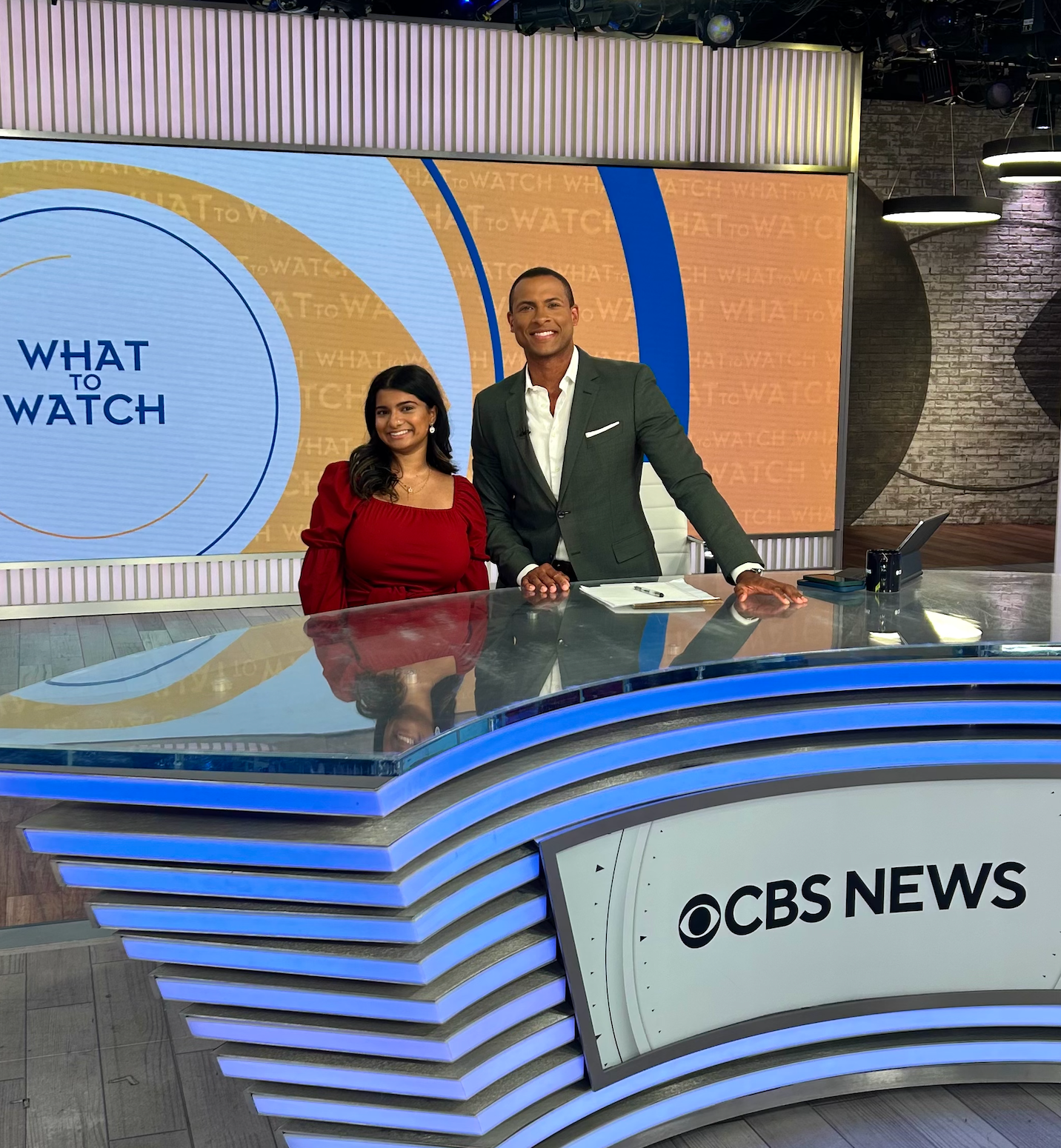My First TV Appearance on CBS

Me? A 21-year-old intern? Speak on CBS News? I was shocked by the request as I read over the email again. I was just a few hours into a road trip to Gatlinburg, Tennessee, right at the start of a Fourth of July family reunion, when I got the message. My first article for The Wall Street Journal had been published the night before, immediately garnering a swarm of comments and attention. The story was about employers cracking down on remote workers with increasingly advanced surveillance technology. CBS liked the story and wanted me to discuss my reporting on their morning show the following Monday. Excited by how rare this opportunity was for an intern, I accepted the offer following my editor’s encouragement.
Over the next four days, I enjoyed my cousins’ company and saw beautiful navy mountains (but sadly, no black bears). On our drive back to New Jersey, my family sat in silence as I chatted with colleagues about how to speak on television. “Be calm and conversational,” CNN correspondent Brian Todd told me. “And don’t overthink it,” I noted, trying to swat away my nervous thoughts. I had always wanted to pursue on-screen opportunities, but a national TV appearance seemed much harder than anything I’d ever done before.
After a few hours of careful preparation and not enough sleep, I reviewed my notes while on a train to New York City the next morning. A big black CBS Cadillac sat outside Penn Station, waiting to take me to the broadcast center. Upon entering the studio, I was ushered to a vanity chair, where a talented artist styled my hair and did my makeup while we laughed about the perils of meeting men on dating apps.
I felt butterflies in my stomach as I peered into the glossy white newsroom. If I thought about the massive audience watching or how big of an opportunity this was, I would overthink myself into a panic. As per television news standards, we didn’t receive questions ahead of time, but I tried my best to predict what anchor Errol Barnett would ask. I waited in anticipation to be called onto the set while rehearsing potential answers in my head.
My segment followed a commercial break, so I was seated in a tall leather chair while the ads wrapped up. I chatted with Errol for a few seconds as the camera operator counted down to the start of our hit. Hot white lights shone in my face, and I adjusted my earpiece. Answer every question confidently, Sanvi, I thought to myself. And don’t f*ck up. Errol introduced me and posed his first question, to which I smiled and discussed my reporting. The conversation continued for four and a half minutes, which sped by. After it was done, I breathed a sigh of relief and took a commemorative photo with Errol. “This was your first appearance of many,” he encouraged. I finally understood what a live TV hit was all about, and it wasn’t too bad.
Later that day, my friends, family, and even bosses at The Wall Street Journal showered me with praise after watching my first TV appearance. “A star is born,” my editor emailed me. “So poised and on point,” my bureau chief added. But after watching the clip, I cringed at my voice and mannerisms. I thought it was a solid interview, but as a self-critical perfectionist, my filler words and repetitive language in some answers stuck out to me. I worried as the YouTube clip gained views on the CBS page.
Anyone’s first time doing something isn’t going to be perfect, but I irrationally felt mine should have been since it was broadcast live to over six million people. Seasoned reporters at The Journal assured me I did well and even called me “a natural.” Perhaps most importantly, The Wall Street Journal’s Director of Communications said my performance was solid and she would refer me to TV producers for future on-camera opportunities. That prospect excited me the most, as this experience energized me to pursue more TV hits, with the hope of improving each time.
Watch my first TV appearance below!! (You may need to refresh the page to access the video)
Post a comment